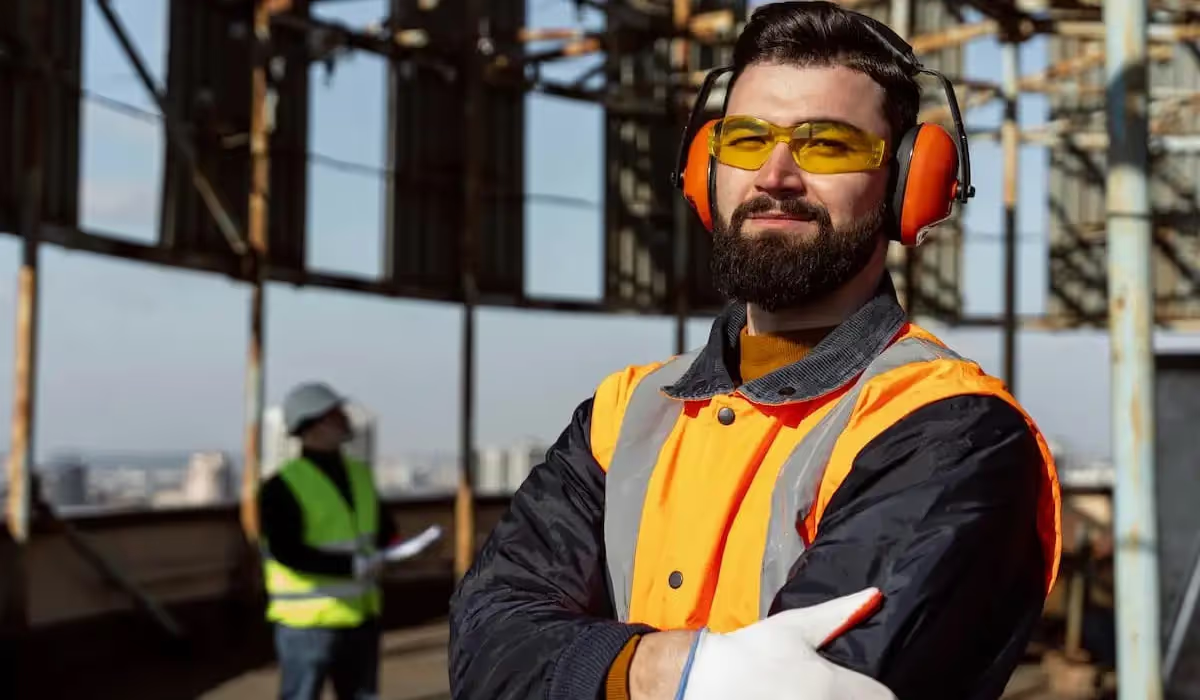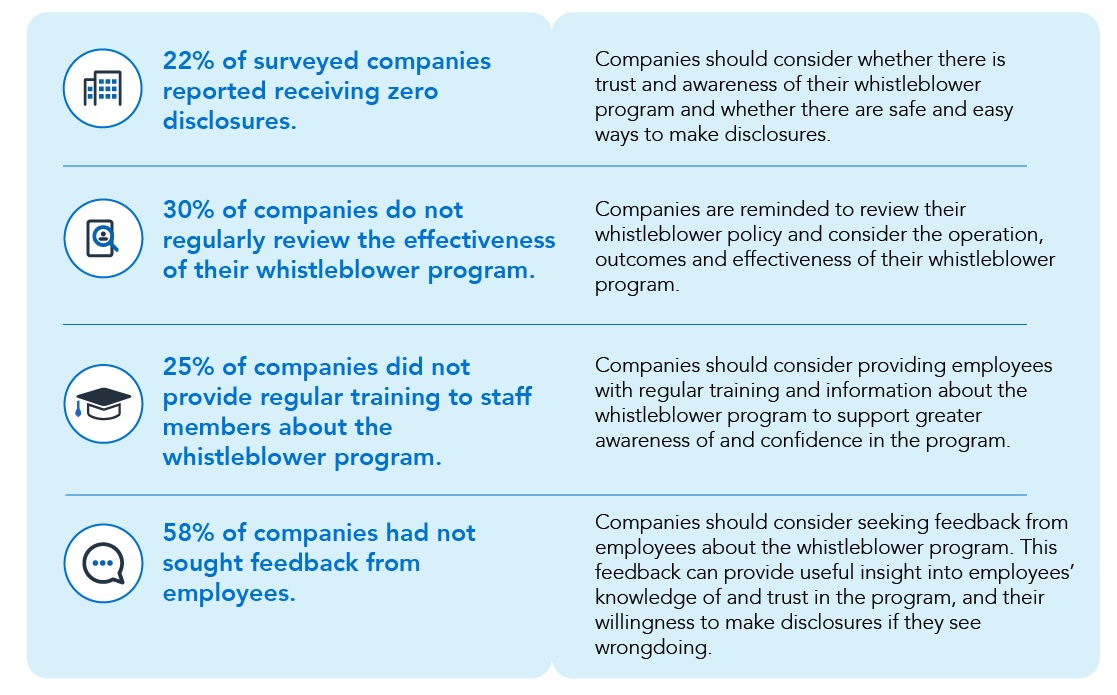How To Report Pyschosocial Hazards At Work
Encourage and improve reporting of psychosocial hazards at work with Foremind’s practical guidance.

Key Take-Aways
- Psychosocial hazards stem from various sources, such as workload, workplace interactions, and management practices and can lead to both psychological and physical harm.
- Effective hazard reporting systems are crucial for compliance with safety regulations. Businesses must implement processes to ensure that all reported hazards are documented and addressed systematically.
- Overcoming barriers to reporting, such as lack of awareness or fear of repercussions, is essential to promoting a culture where employees feel safe to report psychosocial hazards.
Understanding Psychosocial Hazards
Psychosocial Hazards arise from the design or management of work, the working environment and workplace interactions or behaviour. According to The Model Code of Practice 2022.
Psychosocial hazards are hazards that arise from or in relation to:
- the design or management of work
- the working environment
- plant at a workplace, or
- workplace interactions or behaviours; and
- may cause psychological and physical harm
Types of Hazards in the workplace
Psychosocial hazards may vary between workplaces and between groups of workers, depending on the work environment, organisational context and the nature of work.
They can stem from various sources such as workload, lack of control over work, poor social support, and more. Unlike physical hazards psychosocial hazards can be hard to identify and can impact on different teams at different intensity’s, and can be in isolation, as well as on a global context.
How to Report Hazards in the workplace
Why Reporting Psychosocial Hazards Matters
Businesses have an obligation under the code of practice to ensure they have a process to identify hazards, with reporting being a key part of the obligations.
Regulators will be checking that business have created safe systems of work, with process and procedures to identify, assess and manage psychosocial hazards.
Business that have not taken any steps to manage this are at risk of non-compliance. Find out how non-compliance and mental health are costing businesses.
Hazard reporting Systems
To comply with the Code of Practice, your business must have processes for identifying, assessing, and controlling hazards. Many risk registers focus only on physical hazards, leaving a gap in managing psychosocial risks.
An internal tracker such as a spreadsheet or shared database is only effective if key personnel are clearly identified in the reporting and escalation process—otherwise, hazards may be reported but not actioned.
Hazards are often raised informally in team meetings, emails, or casual conversations with supervisors. Without a consistent system to document these, valuable information and opportunities for prevention are lost.
Foremind addresses this gap with an integrated platform that combines incident management, reporting and tracking tools, and proactive mental health support—all in one place.
Barriers to Reporting Psychosocial Hazards
Creating a culture that encourages open dialogue and however workers might not report psychosocial hazards for a number of reasons, such a lack of awareness or understanding of reporting procedures.
In some workplaces perceptions of the hazards associated with the job may be seen as “normal” or unavoidable, however they still need to be identified and documented.
- they may see them as just ‘part of the job’ or the work culture,
- they might think reports will be ignored, or not handled respectfully and confidentially
- The might fear they will be blamed or believe reporting may expose them to additional harm, discrimination or disadvantage
- They do not know or understand how to report a hazard
Encouraging and Facilitating Reporting
If you’re just starting out, focus on strategies that make it easy and safe for staff to report psychosocial hazards. Train leaders and employees to recognise and report these risks, and communicate your commitment to a healthy, safe workplace through multiple channels—especially for casual or offline staff.
Encourage reporting by providing clear feedback on actions taken and risks identified. Building a culture of safety starts with visible accountability and genuine follow-through.
Psychosocial hazards can affect teams in different ways, so risks need to be identified and assessed at multiple levels. Accurate reporting and tracking help reveal trends and enable preventative action.
Foremind simplifies this process with an integrated platform for hazard reporting, risk management, and employee wellbeing—all in one place.
Related Content

Hello 👋 I’m Joel the founder of Foremind.
Are you ready for simplified support & compliance?
Latest insights
Answers to the frequently asked questions.
Still have questions?
Email us at enquiries@foremind.com.au and we'll get back to you quickly with a response
Yes, we have culturally competent counsellors available, including those able to work with first nation and CALD employees.
Onshore on secure AWS Servers in Sydney Australia. All data is encrypted in transit and at rest and our entire team is located in Australia.
Employees can access our platform on any device (mobile, laptop, desktop, etc.) as long you have the website link - no need to download any app on devices. You wouldn’t need to enrol any of your staff individually.- When we do our onboarding, we ask for the first name, last name and email of all your employees, and send out an email invite to all them which will allow them to create their own individual account to access the platform. For new staff we can also invite them or provide you with a unique link to embed in your onboarding process, whichever is more convenient for you. We also kick things off with a launch webinar or video to make sure everyone is aware of Foremind and how to use it. We’ll also provide you with any collateral such as posters, QR codes, brochures etc. to help drive awareness and encourage people to create an account in the platform.
The support line is answered by our reception service 24/7. It is for urgent platform or session-related issues only (e.g. *“My counsellor didn’t show”*) or helping staff create an account.






